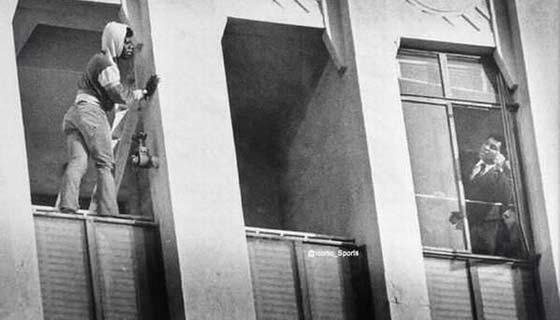Tomorrow folks from Central District Conference congregations will be coming to Columbus as the Annual Meeting begins. Here’s a story that has helped me better understand CDC:
Joseph Stuckey was born in Berne, Switzerland in 1826 and migrated to the US with his parents when he was five. Joseph was baptized into the Amish Church and lived his adult life in central Illinois. He took up farming, became a part time minister, and taught himself English by reading an English language newspaper. He and other farmers benefited from high grain prices during the Civil War, and Joseph decided to retire from farming at age 42 in order to become a full time minister. He came to be in high demand as a preacher and church leader, traveling widely throughout the Midwest. Over his lifetime he married over 250 couples and officiated over 1000 baptisms.
1872 was a defining year for Joseph Stuckey, setting a trajectory for who Central District Conference is today. That year a member of Stuckey’s congregation, Joseph Yoder, wrote a poem in which he praised universalism, the idea that God would save all humanity. This was outside the church’s teaching, and the Amish bishops concluded Yoder should be excommunicated. Joseph Stuckey was not in agreement with Yoder’s poem, but came to his defense, saying “He is still my brother.” This, in turn, caused Stuckey to be dis-fellowshipped by many of the bishops, while other bishops and ministers publicly and privately let him know they agreed with his stance.
The Amish of Illinois who followed the “Stuckey way” came to be less strict in their teachings, and formed positive relationships with their close theological cousins the Mennonites. Stucky continued to insist that following Christ involved a way of life that kept people in fellowship with one another. The current Central District Conference is a merger (1957) of the Central Conference which formed around Stuckey’s values at the end of his life, and the Middle District of Mennonites.
CDC still bears the imprint of Stuckey’s approach to faith. We continue to put relationships at the center of our work, allowing for theological differences, and trusting that the Holy Spirit is at work among all of us. I hope you’re able to join some of the events this weekend.



